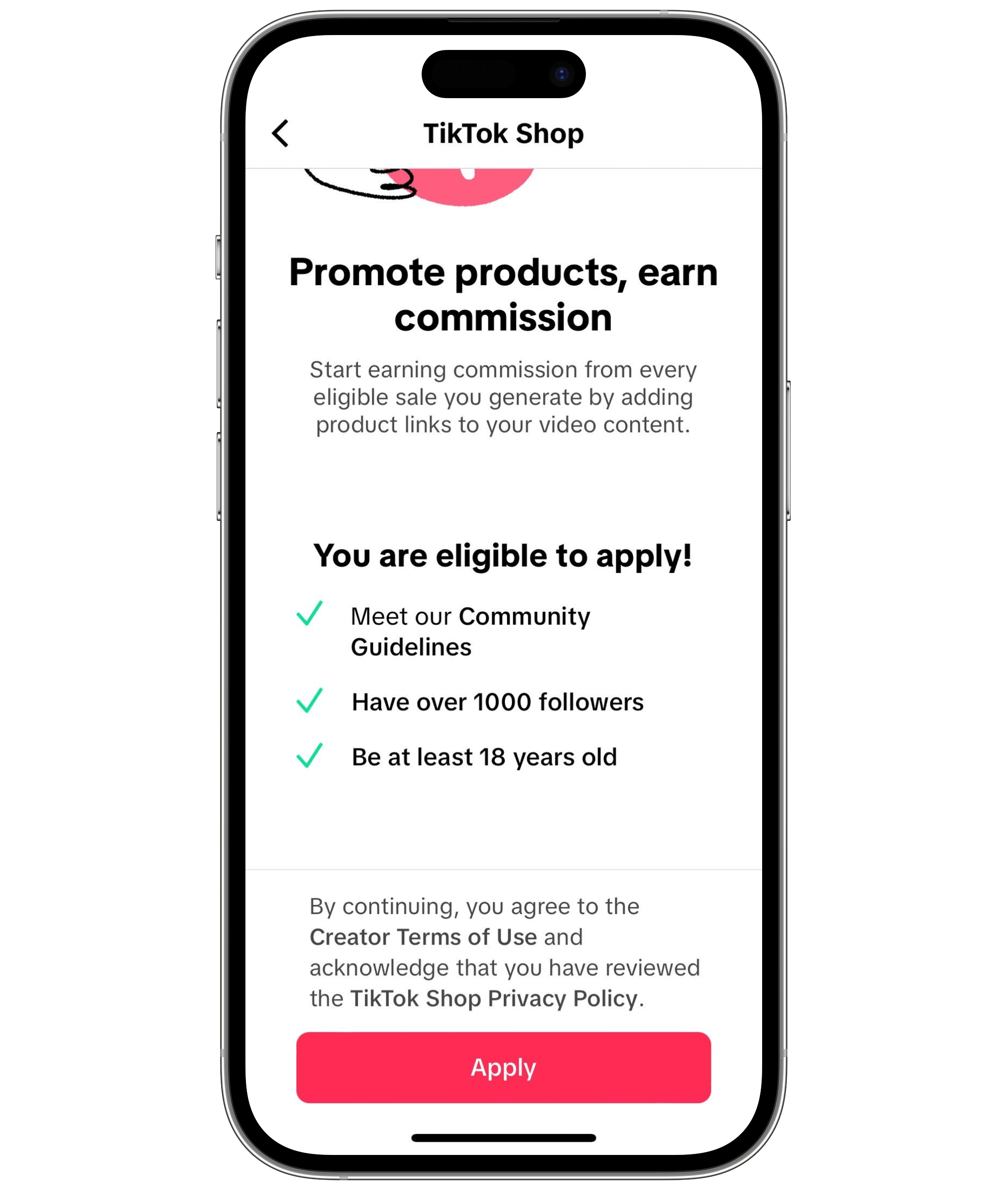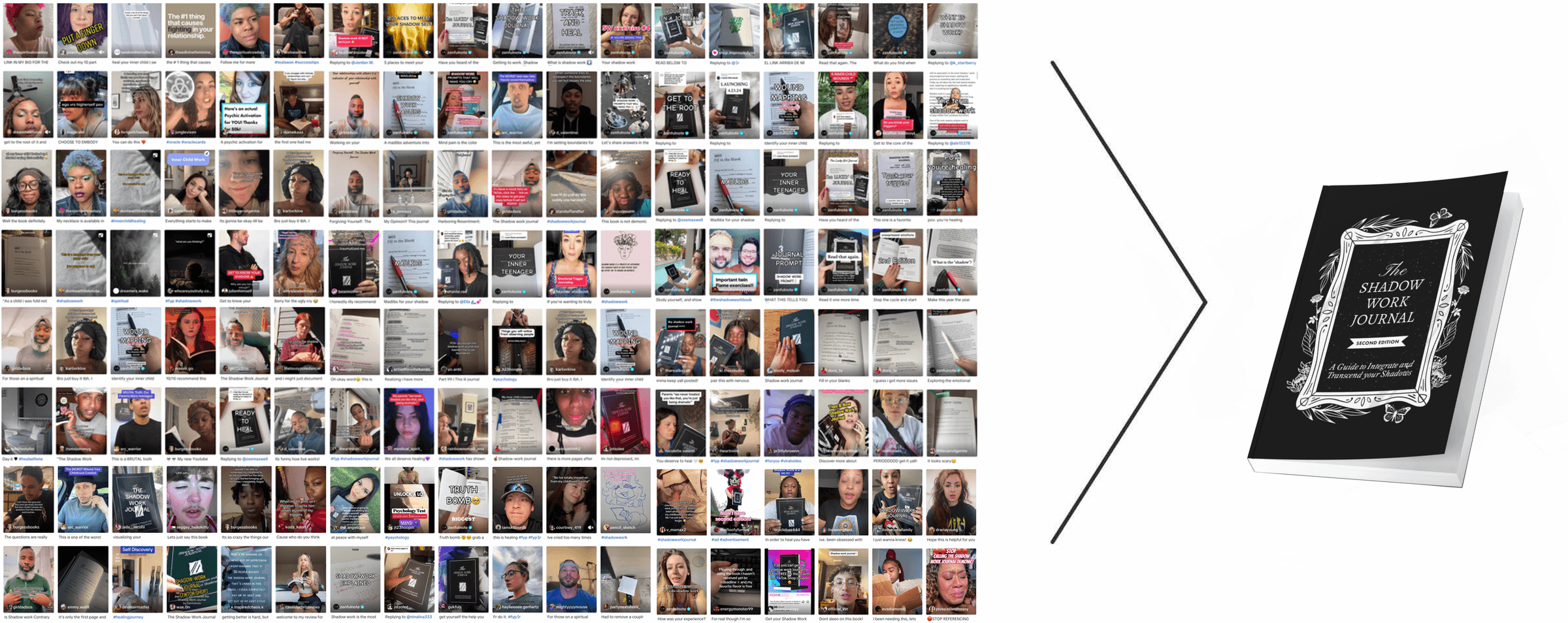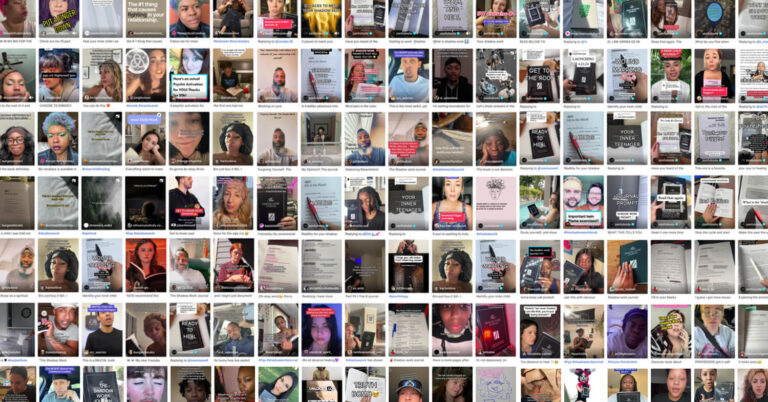TikTok is revamping the outdated affiliate marketing model, hoping to turn every one of its 1 billion-plus users into shopping influencers.
Influencers promote products. Previously, influencers shared their unique discount codes (link and discount code in their bio) because that was the only way to trace sales back to the influencer. Brands only worked with a few creators because of the resources needed to find them, agree on details, and manage creator sales. TikTok is looking to change this with TikTok Shop, which launched in September 2023.

Anyone with more than 1,000 followers can earn affiliate income by promoting products sold in TikTok shops. In early May, TikTok lowered the follower requirement from 5,000 to 1,000. While that's still more than zero, essentially anyone who puts effort into creating content can meet the requirement.
Creators want to promote products they think will sell and earn affiliate commissions. Brands want creators who can expand their reach and get their products in front of new buyers. TikTok has a marketplace where brands and creators can meet, request product samples, agree on affiliate fees, communicate, and track affiliate sales. There are no discount codes on TikTok. Because sales happen within the app, each sale can be directly attributed to a specific creator or individual video.
In July 1996, Amazon launched the first affiliate program on the Internet. Anyone can start a blog and add Amazon-tagged links to earn extra income. This affiliate program remains the largest affiliate program because Amazon is the largest e-commerce store. However, as creators moved from starting blogs to Instagram, YouTube, and TikTok, the Amazon Affiliate Program no longer fit. Many creators link to their Amazon Affiliate Store in their profiles, but there is no clear way to link images and videos to product pages.
As Prime Day approaches, the importance of the Amazon Affiliate Program becomes most evident. Affiliates are the major contributors to the creation of Prime Day. Creators (mainly Internet publications) promote Prime Day because they know that many people are looking for deals. Their content further boosts the event. On TikTok, when a product starts selling thousands of units every day, influencers want to promote it because they know that users have already seen it and are likely to buy it. Their content further boosts the product's popularity.
TikTok is erasing the disconnect between shopping, affiliates, and creators. Affiliate link tags and discount codes are being replaced with in-app tracking. Brand and creator relationships are being codified within the app. Other social media platforms have tried this or are starting to do so now. On TikTok, influence becomes more transactional, as influencers and their content, not brands, drive shopping.

The TikTok shop already has thousands of creators promoting popular products with dozens of videos each. This differs from the curated group of creators the brand works with on Instagram, for example. Many of these videos are not polished campaigns but also low-effort reviews — similar to someone leaving an Amazon review, but this time in a video with a link that will pay them if someone buys the product.
“After the Journal [The Shadow Work Journal] “Since his breakthrough on TikTok, Shaheen has sold more than 1 million copies, most of which — about 700,000 — have been sold in the TikTok shop, where he's been heavily promoted by passionate influencers like Gray, who takes a 15% commission on sales from Shaheen's company, Zenfulnote,” Alexandra Alter wrote in The New York Times.
Influencers make up a very small percentage of social media users because it takes a lot of work to become an influencer: finding brands, creating quality content, making sales, and gaining enough followers to start a conversation. Removing this work will inevitably lead to a bigger change than the number of influencers.


